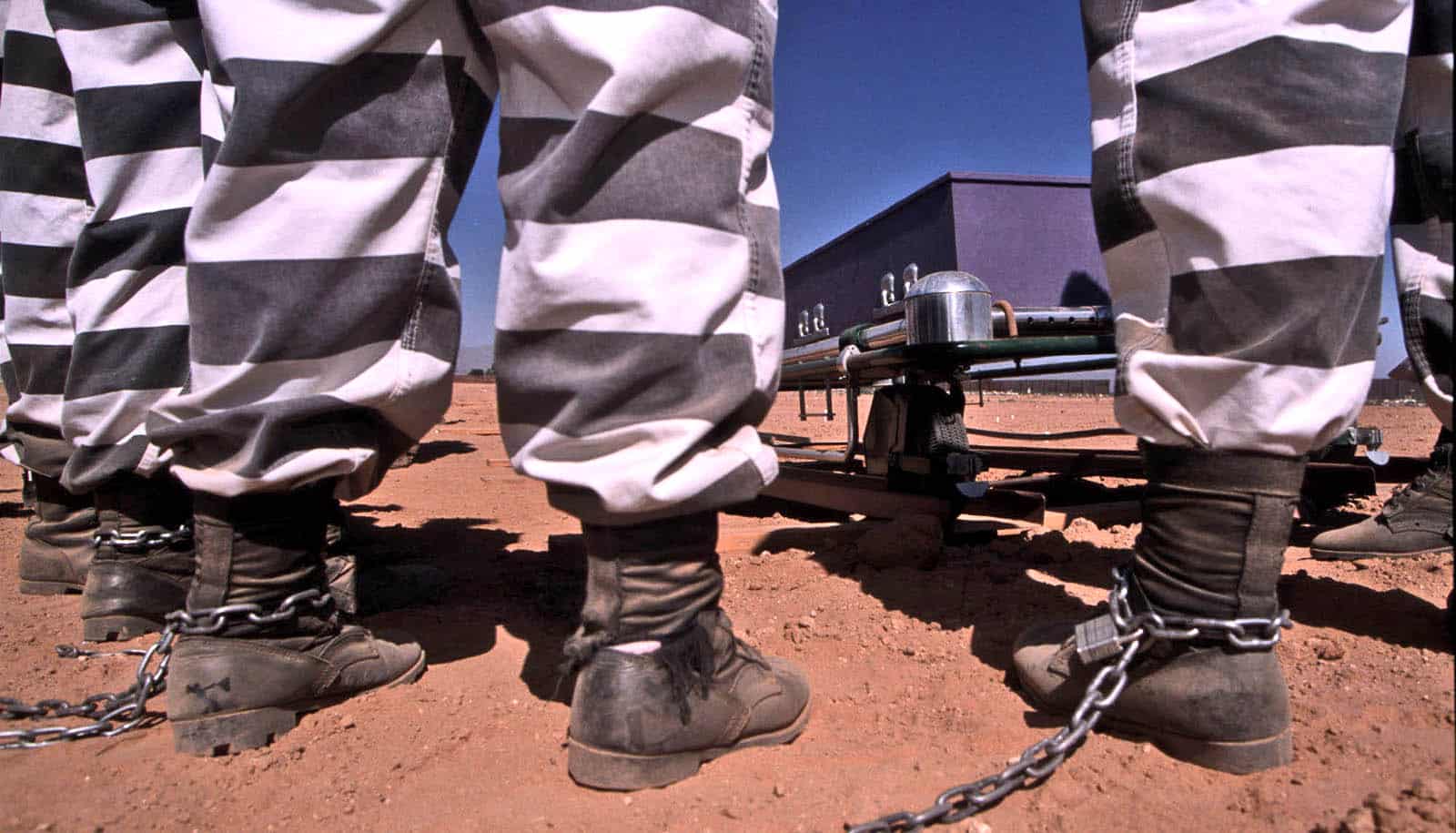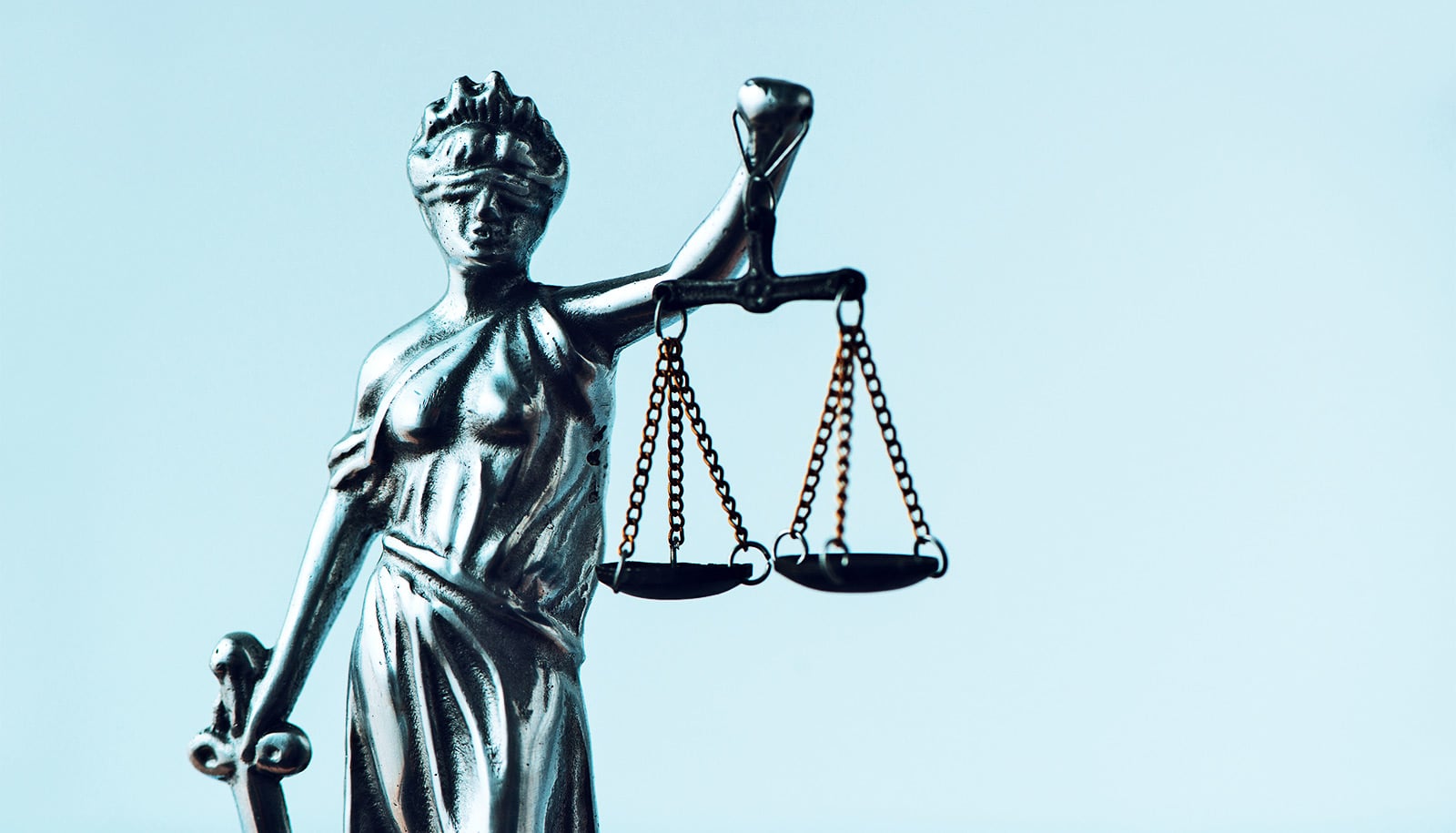Prison labor programs in the United States violate fundamental human rights, a new report finds.
Incarcerated workers generate billions of dollars’ worth of goods and services annually but get paid pennies per hour without proper training or opportunity to build skills for careers after release, according to the nationwide report from the University of Chicago Law School’s Global Human Rights Clinic and the American Civil Liberties Union (ACLU).
Incarcerated workers “are paid pennies for their work even as they produce billions of dollars for states and the federal government.”
The report, “Captive Labor: Exploitation of Incarcerated Workers,” highlights how incarcerated workers’ labor helps maintain prisons and provides vital public services. The report also calls for far-reaching reforms to ensure prison labor is truly voluntary and that incarcerated workers are paid fairly, properly trained, and able to gain transferable skills.
“As our report describes in detail, the labor conditions of incarcerated workers in many US prisons violate the most fundamental human rights to life and dignity,” says clinical professor Claudia Flores, the director of the Global Human Rights Clinic.
“In any other workplace, these conditions would be shocking and plainly unlawful. The many incarcerated workers we interviewed told us story after story of inadequate equipment and training, punishments doled out if workers refused to labor, and an overall helplessness to a government institution functioning as both jailer and boss.”
Key findings on prison labor and incarcerated workers:
- Nearly two-thirds (65%) of incarcerated people report working behind bars—amounting to roughly 800,000 workers incarcerated in prisons.
- More than three quarters of incarcerated people surveyed (76%) report facing punishment—such as solitary confinement, denial of sentence reductions, or loss of family visitation—if they decline to work.
- Prison laborers are at the mercy of their employers. They have no control over their work assignments, are excluded from minimum wage and overtime protections, are unable to unionize, do not receive adequate training and equipment, and are denied workplace safety guarantees despite often dangerous working conditions.
- As a result, 64% of incarcerated workers surveyed report worrying about their safety while working; 70% say they received no formal job training; and 70% report not being able to afford basic necessities like soap and phone calls with prison labor wages.
- Incarcerated workers produce at least $2 billion in goods and $9 billion worth of prison maintenance services annually, but this number is not closely tracked and is likely much higher.
- Yet, most states pay incarcerated workers pennies per hour for their work. Seven states (Alabama, Arkansas, Florida, Georgia, Mississippi, South Carolina, and Texas) pay nothing for the vast majority of prison work. Other states pay on average between 15 and 52 cents per hour for non-industry jobs. Prison laborers often see up to 80% of their paycheck withheld for taxes, “room and board” expenses, and court costs.
- More than 80% of prison laborers do general prison maintenance, which subsidizes the cost of our bloated prison system. Other tasks represent less than 10% of work assignments, including: public works projects (like road repair; natural disaster assistance; forestry work; and maintenance of parks, schools, and government offices), state prison industries, agricultural work, and coveted private company work assignments.
“The United States has a long, problematic history of using incarcerated workers as a source of cheap labor and to subsidize the costs of our bloated prison system,” says Jennifer Turner, principal human rights researcher with the ACLU’s Human Rights Program.
“Incarcerated workers are stripped of even the most minimal protections against labor exploitation and abuse. They are paid pennies for their work even as they produce billions of dollars for states and the federal government. It’s past time we treat incarcerated workers with dignity. If states and the federal government can afford to incarcerate 1.2 million people, they can afford to pay them fairly for their work.”
The 13th Amendment
The exploitation of incarcerated workers is rooted in the “exception clause” to the 13th Amendment, which bars slavery except for people who have been convicted of crimes. In many states—and in the United States Constitution—exception clauses allow for workers in prisons to be exploited, underpaid, and excluded from workplace safety protection laws.
Worse, the exception clause in the 13th Amendment disproportionately encouraged the criminalization and re-enslavement of Black people during the Jim Crow era, and the impacts of this systemic racism are evident to this day in the disproportionate incarceration of Black and Brown community members.
To combat the exploitation of incarcerated workers, the report makes several recommendations, including:
- Ensure that all work in prisons is fully voluntary by eliminating any laws and policies that punish incarcerated people who are unable or unwilling to work.
- Allow incarcerated workers the same labor protections afforded to other workers in the United States, including minimum wage, health and safety standards, unionization, protection from discrimination, and speedy access to redress when their rights are violated.
- Institute comprehensive safety and training programs for all work assignments in correctional institutions.
- Invest in prison work programs that provide incarcerated workers with marketable skills and training that will help them to find employment after release and eliminate barriers to employment after release.
- Amend the US Constitution to abolish the 13th Amendment’s exclusion that allows slavery and involuntary servitude as punishment for a crime.
The report comes more than two years into the COVID-19 pandemic, during which incarcerated workers faced especially brutal working conditions and yet were denied early access to vaccines in 16 states. Incarcerated people were forced to produce masks, hand sanitizer, and other personal protective equipment. Others were forced to launder bed sheets and gowns from hospitals treating COVID patients, transport bodies, and dig graves.
Many report being forced to continue working but not able to have visitors and having their parole date pushed back if they refuse to work. More than a third of incarcerated people have contracted COVID-19 since the pandemic started and more than 3,000 have died.
“The US prison system claims to offer rehabilitation to its population, but prison labor programs do just the opposite: they degrade, dehumanize, and further cripple incarcerated workers,” says Mariana Olaizola Rosenblat, a lecturer at the University of Chicago and fellow at the Global Human Rights Clinic.
“The many incarcerated workers we interviewed voiced a strong desire to engage productively in society under dignified conditions. It’s time for the US government and prison authorities to give them this chance, not merely rhetorically but in practice.”
Source: University of Chicago



